“相逢的游戏 2020” 群展艺术家专访 | “Encounter 2020” Group Exhibition Artists Interview
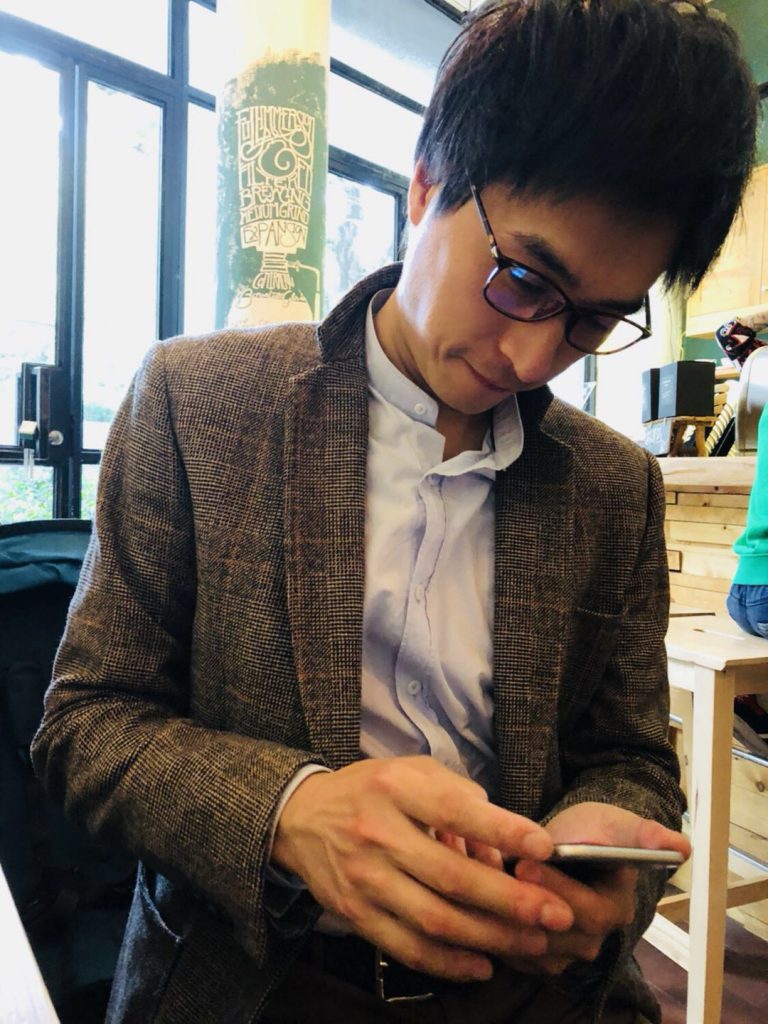
Artist-Luo Erqi
1.《翅膀》这幅作品的创作年代跨越10年之久,是什么原因促使您重拾对《翅膀》这幅作品的继续创作?从画面上来看,这是一只舞动着的手,您将其取名为《翅膀》,是想传达给观者什么特殊的信息与含义?
罗尔奇:此作品的创作跨越十年之久,在法国求学时就已有雏形。当时处于学生时代的我对绘画有着极大的热情,同时也充斥着强烈的创作野心,然而这种狂热却伤害了我与绘画间的的情感,令我深陷痛苦。为了摆脱这种困境,我选择暂别绘画,去不断探寻和实践其他的艺术形式。十年间,随着造型艺术的对我内心的滋养以及创作心态上的逐步稳健,我再次重拾画笔,直面回归绘画艺术。

作品《翅膀》中的视觉信息来自于一种由自身的模糊或强烈清晰的回忆所投射而成的图像,我用双眼将其捕捉后进行创作。特意解构了原画面的一些元素,并用灵动放松的笔法重新构造,重新赋予了这幅作品新的生命力量,使这幅作品不仅仅是图像,而是具有生命灵动性的视觉回忆。因此我将这幅作品取名为《翅膀》,因为翅膀代表着自由以及生命的灵动与活力。

1.The creation of “Wings” spanned more than 10 years. What made you to continue the creation of “Wings”? From the painting, we can see a dancing hand, why did you name it “Wings”? What kind of messages do you want to convey to the viewers in particular?
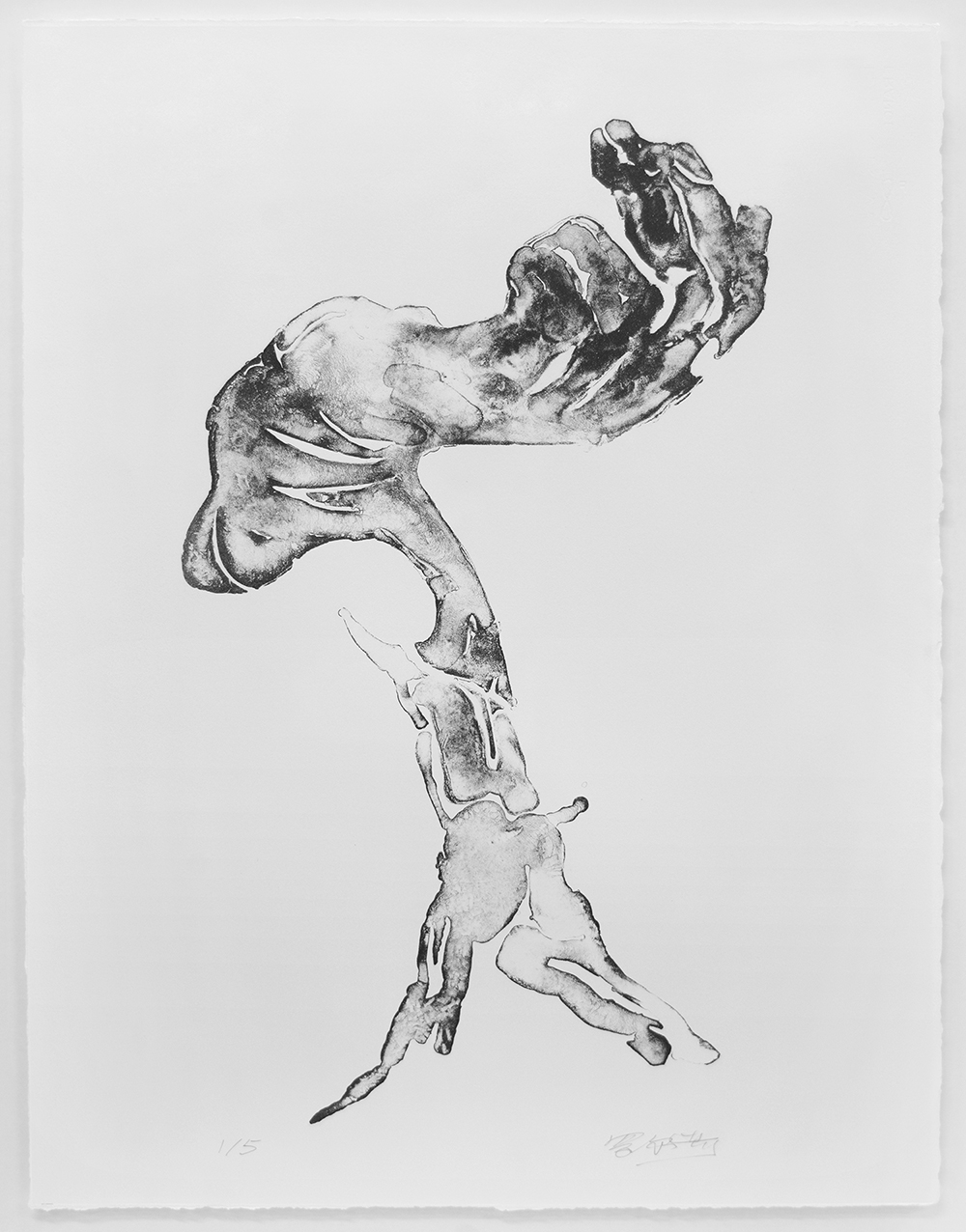
Lou Erqi:The creation of this painting spanned over ten years, I started with it when I was studying in France. I was full of ambitions at that time, finally my great passion and enthusiasm turned fanatical and I suffered from the relationship between me and my artworks, it hurt me a lot. I decided to give myself a break and continued to explore and practice other art forms. Over the past ten years, with the nourishment of plastic art and the gradual stability of the state of my mind in creation, I picked up my brushes once again and returned to drawing and painting.

The visual of “Wings” comes from an image pictured from my own fuzzy or clear memories. I captured it with my eyes and recreated it on the canvas. I deconstructed some elements of the original part and restructured it with a more flexible and relaxing brushstrokes, bringing a new life to this piece, making it not only an image, but also a visual memory with vitality.
I named it “Wings”, is because the wings represent freedom, power and vitality of life.
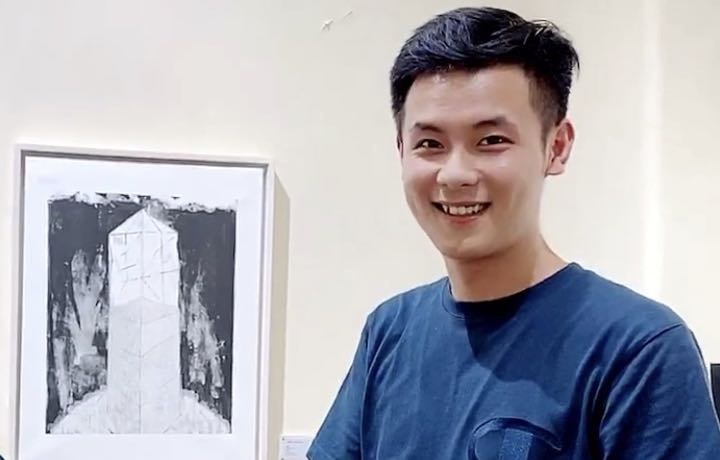
Artist-Wang Jiayi
1. 您为何会选择石版画作为主要的创作研究方向?
王嘉逸:2014年的深秋,我的现任比利时导师来我校做讲座,由我担任翻译。老师所展示的那些石版画非常打动我,与我印象中石版画该有的样子截然不同。丰富的表现形式加上它所独有的细腻柔软的印刷艺术特性触动了我,也赋予了我赴比利时留学的动力与热情。

1.Why do you choose lithograph as your main research direction?
Wang Jiayi: In the late autumn of 2014, my Belgian tutor came to our school to give a lecture, and I served as the interpreter. The lithographs shown by the teacher impressed me greatly. They were completely different from what I could imagined. The rich forms of expression and its uniqueness of being fine and being soft as a printing characteristic touched me, it also gave me the motivation and enthusiasm to study in Belgium.

2.您曾经在比利时安特卫普皇家艺术学院攻读了硕士学位,这次的留学经历对你以后的创作带来什么影响?
王嘉逸:国外留学的经历于我个人而言是非常宝贵的, 能够知道不同的时差,不同经纬度的人们在干什么,有何种的风土人情对我而言特别重要。当时,我是时间的支配者,经常坐在公园的长凳或者河边发呆,或者和朋友们激烈地讨论不同的艺术见解,那段时光特别美好。回国之后虽然我已不完全是时间的支配者了,但仍会保留部分以前的观察习惯和记录方式。

2.You studied for a master’s degree at the Antwerp Royal College of Art in Belgium. How did this experience influence your future creation?
Wang Jiayi: The experience of studying abroad was very valuable to me. From my point of view, it is particularly important to know what people are doing in different time zones at different latitudes and longitudes;what their local customs are. In those year, I was my own master of time, I often sat on a park bench or by a river, or had a passionate discussion with my friends about different ideas of art. It was a wonderful time. After returning to China, although I am no longer the master of my own time, I still remain some of my previous habits of observation and recording methods.
Artist-Frank Chen
1.现代科技的进步让摄影已成为及其普遍的一件事,各种社交媒体也涌现了很多“摄影师”。在这么一个全民娱乐的时代,你觉得作为一名艺术家应该如何去从艺术角度传达影像信息?
陈卓:在过去,人们用绘画来进行视觉记录;现在已是“全民摄影师”的时代,人们用摄影进行视觉纪录。我认为摄影只是一种工具,一种新的表达方式而已,艺术最重要的是所表达的内容而非形式。虽然现在“摄影”已达到了前所未有的便捷和高效,但真正的艺术源于内心,源于自我的不断探索和创造。
如今技术的革新虽然使人们有机会去尝试更多的可能性,但如何让我们能更了解自己并表达自己,挖掘自己内心潜在的思想从而形成独特的个人风格是我所追求和关注的。这是一个多元化的艺术表达世界,我相信未来会产生更多元化的艺术风格!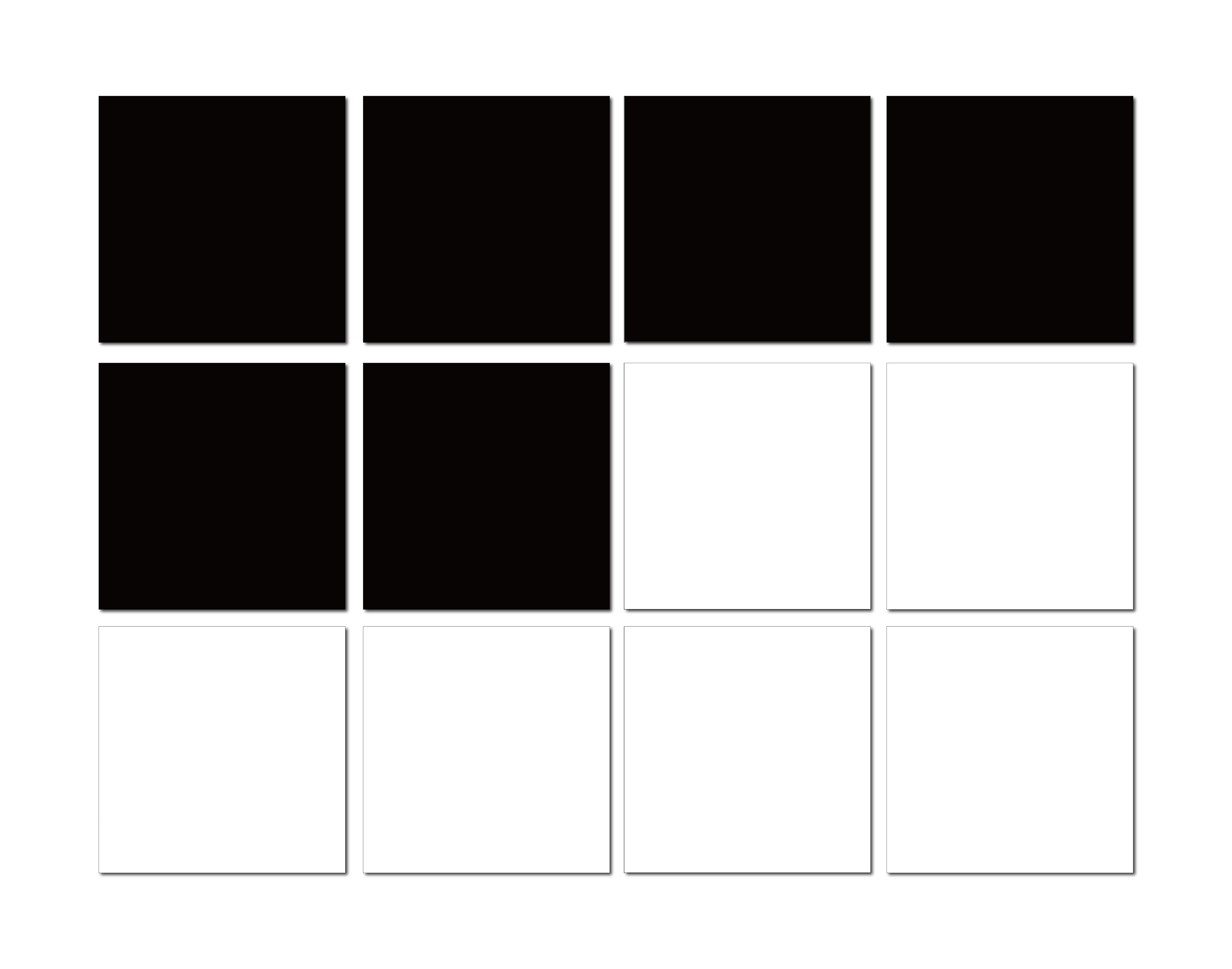 1.With modern technology, taking photos has become one of the most common things to do, many “photographers” turned up on various social media. In such a period of massive entertainment with photography, as an artist, what is your opinion about convey your thoughts through images or videos from an artistic perspective?
1.With modern technology, taking photos has become one of the most common things to do, many “photographers” turned up on various social media. In such a period of massive entertainment with photography, as an artist, what is your opinion about convey your thoughts through images or videos from an artistic perspective?
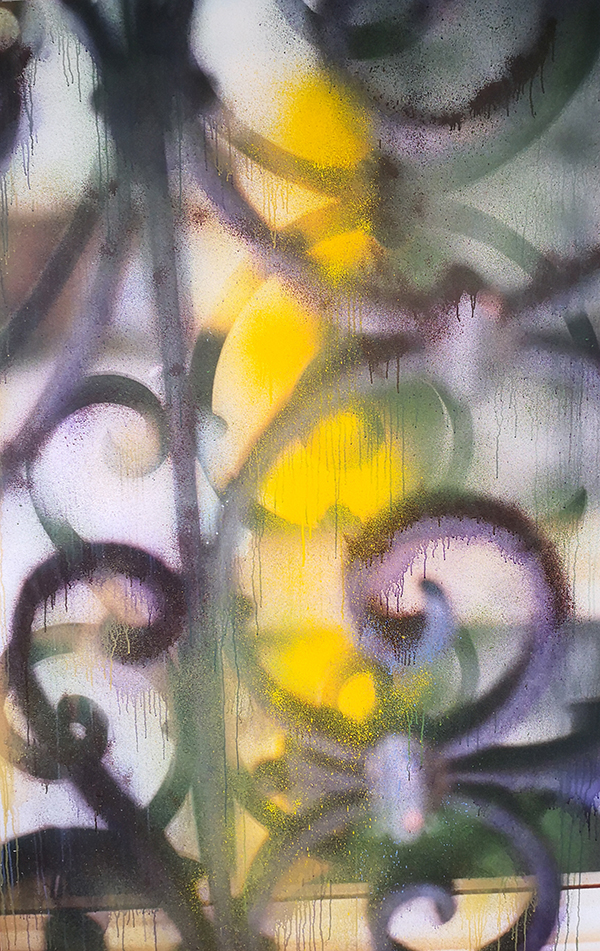
Frank Chen: In the past, people used drawings for visual records, now we use photography for visual records. Everyone could be a “photographer”. I think photography is just a tool, a new way of expression. The most important thing in art is the content rather than the form. Although the skills and the technology have achieved unprecedented convenience and efficiency, the true art comes from the heart, from the continuous exploration of one’s own inner world.
 Today’s technology gives people the opportunity to try more possibilities, however, how to understand and express ourselves better, how to explore our inner thoughts in a unique style is what I am concerned. Nowadays, the diversity of art is overwhelming, I believe it will be more of diversity in the art world in the future!
Today’s technology gives people the opportunity to try more possibilities, however, how to understand and express ourselves better, how to explore our inner thoughts in a unique style is what I am concerned. Nowadays, the diversity of art is overwhelming, I believe it will be more of diversity in the art world in the future!

Artist-Jin Sheng
1.这次的展览中,我们又看到了您的 “空想-头骨”系列作品,能与我们讲讲您为何对人体的头骨独有情钟?
金笙:这批作品对我来说就是单纯体现个人艺术趣味的小品,没有刻意的想法和观念,类似于写日记的状态,让不同的情绪通过变换颜色的方式反复呈现在50*50cm的方寸之间。我个人非常享受这种朴素的创作模式,因为它能给我带来一种恰到好处的快乐,有点像一个个在繁忙的创作和生活中不知不觉形成的结晶体。

至于为何选择头骨这个视觉语言,是因为这是我头脑里经常不经意间浮现出的一个视觉图像。头骨是全世界最为通用的文化符号之一,它无处不在,而且它是我们每个人的思想载体,几乎所有的艺术家都会关注它。因此,我认为头骨在艺术表现中是一个平衡“共性”和“个性”的最佳媒介,我便将这一视觉元素很自然地出现在该系列作品中。

1.In this exhibition, we saw your series of “Fantasy-Skull” again. Could you tell us why you are keen on depicting human skulls?
Jin Sheng: This series of “Fantasy-Skull” are my short sketches that reflect my personal interests. There are no intentional thoughts and concepts, it is quite similar to the state of writing a diary, enabling different emotions to be presented in the same way with the same dimension of 50*50cm by changing colors. I quite enjoy this simple method, as it can bring me the perfect happiness, a bit like crystals are formed freely in my busy daily work and life.

The reason that I chose the visual language of skull, is because it is a visual image that often emerges in my mind. Skull is one of the most common cultural symbols around the world, it’s everywhere and it’s the carrier of our brains and thoughts. Many artists are keen on it, I also consider the skull is the best medium to balance the “commonality” and “individuality” in artistic expression, so this visual element is appearing in the series of my artworks.
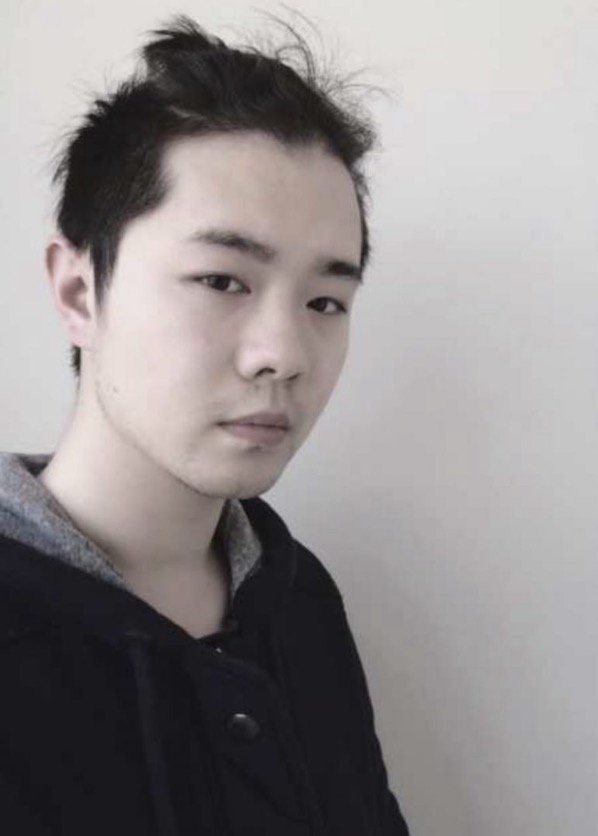
Artist-zhou Yifei
1.您为什么偏爱用木头作为雕塑创作的主要材料?你接下来的创作方向是什么?
周易非: 我认为木头是一种有生命力的材料,无论什么木头都有不一样的生长痕迹。就像人一样,从内在到外表每棵树都是独一无二的。我喜欢在创作的过程中体会每块木头给我带来的意外和惊喜。从古至今,木头就是被人们常用的雕塑材料,因为它是属于自然体现的一种材料,无论是其本身的可塑造性、稳定性,还有气味、颜色、触感带来感官上的亲和力,都是被我们喜欢用来进行艺术创作的特点。木头这种材料的特性往往会给人带来温度。

我接下来的创作方向还是会以木头的自然特性出发,结合自身对木头的理解以及在创作过程中材料与自身的对话与磨合为主进行探究。创作手法上尽量规避现代工业手段对木头这种自然材料的干涉,尝试以木头在自然中不同的物态以及与其他材料相结合。

1.Why do you prefer to use wood as the main material for making sculpture? What is your next step in your art direction?
Zhou Yifei: I think wood is a material with life, no matter what kind of wood has different growth marks. Every tree is unique from the inside to the appearance like a person. I enjoy the surprises from each piece of wood bringing to me during the making process. From ancient times to the present, wood has been used as a common sculpture material since it comes from nature. Its moldability, stability, smell, color, and touch bring sensory affinity as well as temperature to people. These characteristics are exactly what I keen to use wood for art.

My next step will still be based on the natural characteristics of wood, combining my own understanding of wood and the dialogue between the material and myself in the making process. In terms of creative techniques, I try to avoid the interference of modern industrial methods on wood as a natural material and attempts to combine other materials with different physical states of wood in the nature.
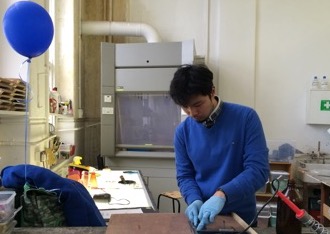
Artist-Wu Hao
1. 您为什么会选择玻璃这种材质去体现您的艺术创作理念?
吴昊:从2011年第一次接触玻璃材质开始,我就对物质材料特定存在的状态产生了兴趣。对我而言,玻璃有显而易见的材质特征,作为雕塑创作媒介,是比较新颖和不可控的存在。创作过程中,我将材料的物性与感知的体验相互融合,其过程中所展现出的审美性与内在价值之间的惯性联系,始终令我着迷。
1.Why do you choose glass as one material to represent your art concept?
Wu Hao: Since I came into contact with glass material for the first time in 2011, I became interested in the specific existence of materials. Glass has the characteristics of layered materials. As a medium for sculpture creation, it is relatively new and uncontrollable for me. I have been always fascinated by the property of the materials and the experience of perception merge with each other, as well as the inertial connection between the aesthetics and the intrinsic value.

2.您这次参展的“链接”系列作品想向观者传达怎样的一种观念或信息?
吴昊:”链接”系列的创作初衷是某种审美的东西吸引了我的注意,我发现没有任何目的性地去创造的艺术生不由己地已经在进行中了。受这种感知的引导,这件作品的呈现状态来自于自身感受的全方位表达,其中包含阶段性的、叙事性的、瞬间性的感知和抒发并通过时间作为计量单位,反复推敲和塑形,创作过程中所遗留下来的痕迹本身就是具有时间性和延续性的,是一种将综合情感有形化的过程。“链接”系列作品试图体现出这种感受力的延续性。

2.What kind of concept or message do you want to convey to the viewers of your “link”series?
Wu Hao: The original intention to create “link” series is that something aesthetic drew my attention. At that moment, I found that art was already being created without any intention… Following the guidance of this perception, the state of the representation of “link” comes from the all-round expression of one’s own feelings, including being staged, narrative and instantaneous. As a unit of measurement through time, I repeated deliberation and shaping, the traces left in the process of creation itself are of timeliness and continuity. This is a tangible process of comprehensive emotions. This piece attempts to show the sense of continuity and this continuity happens to be the most irresistible factor in my creation.
